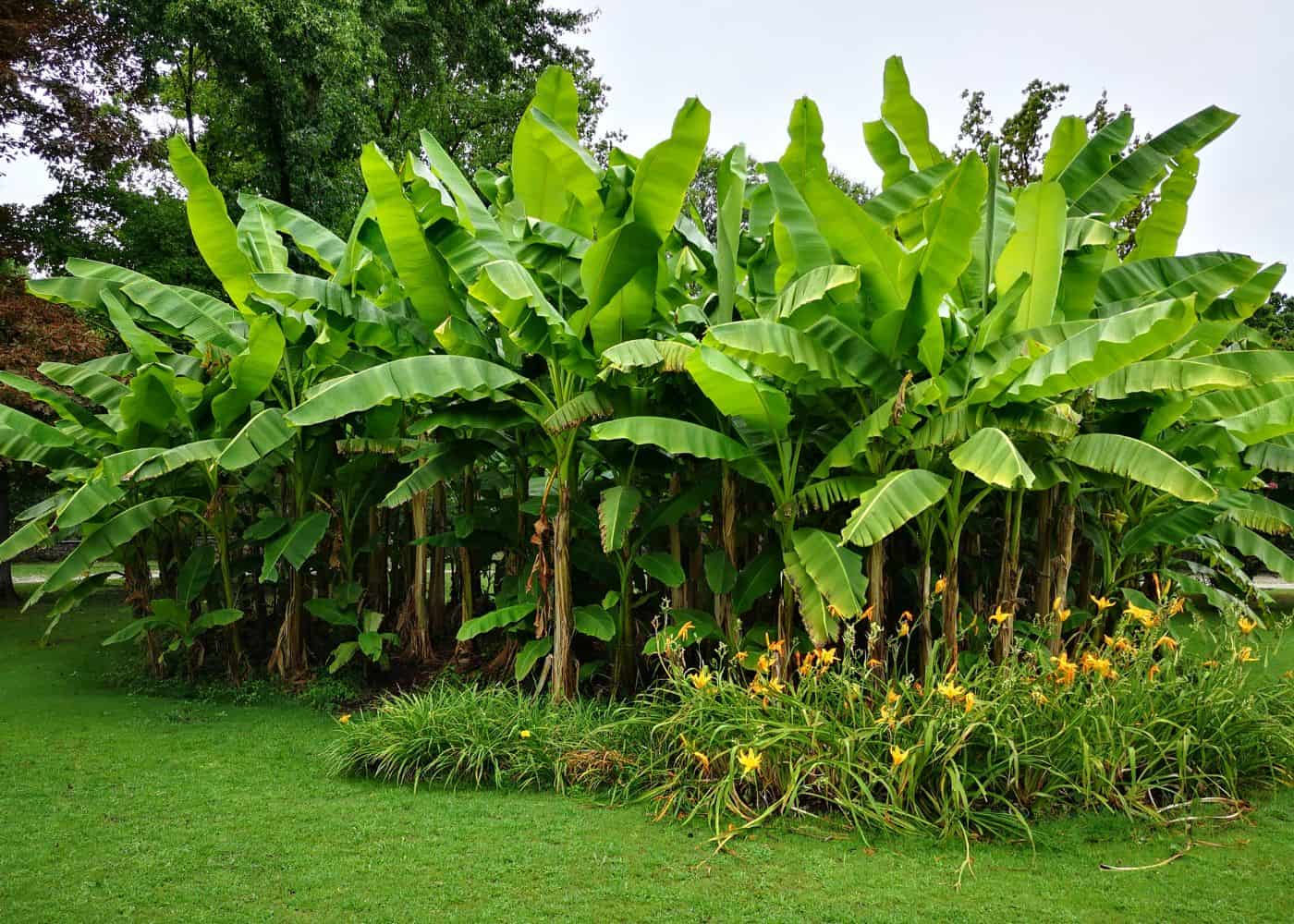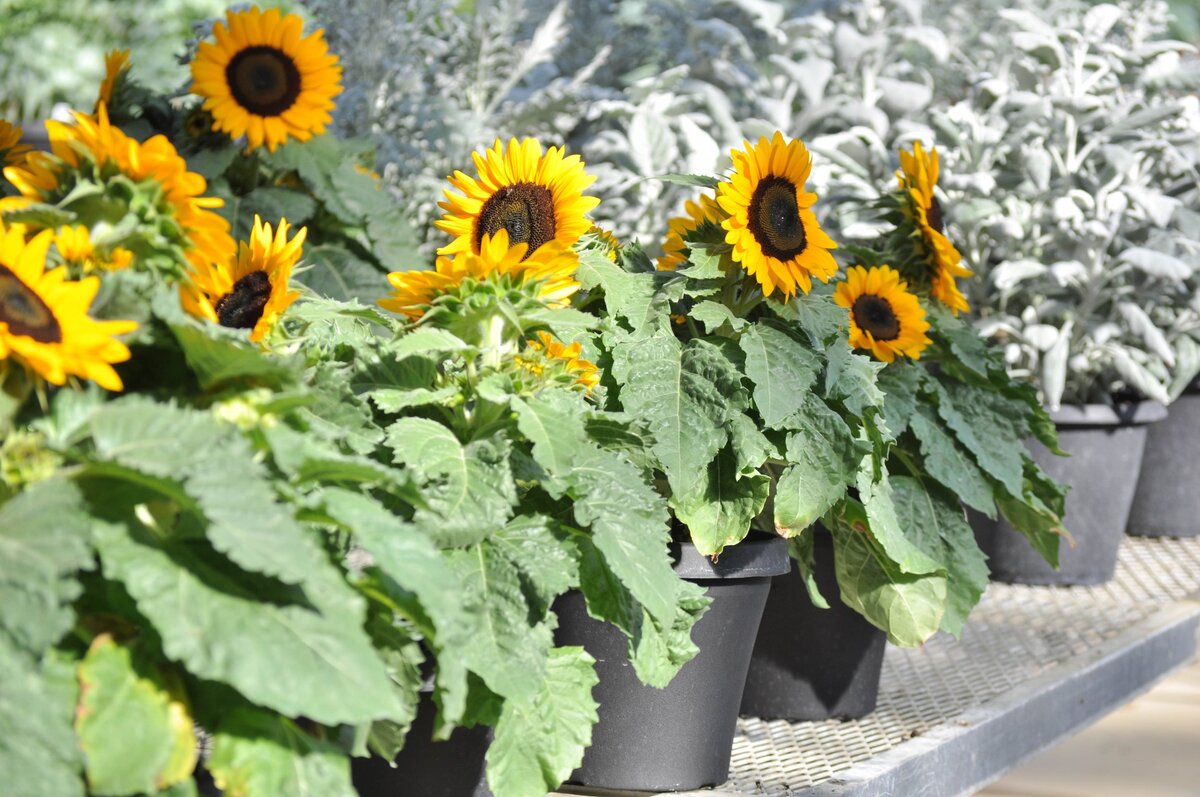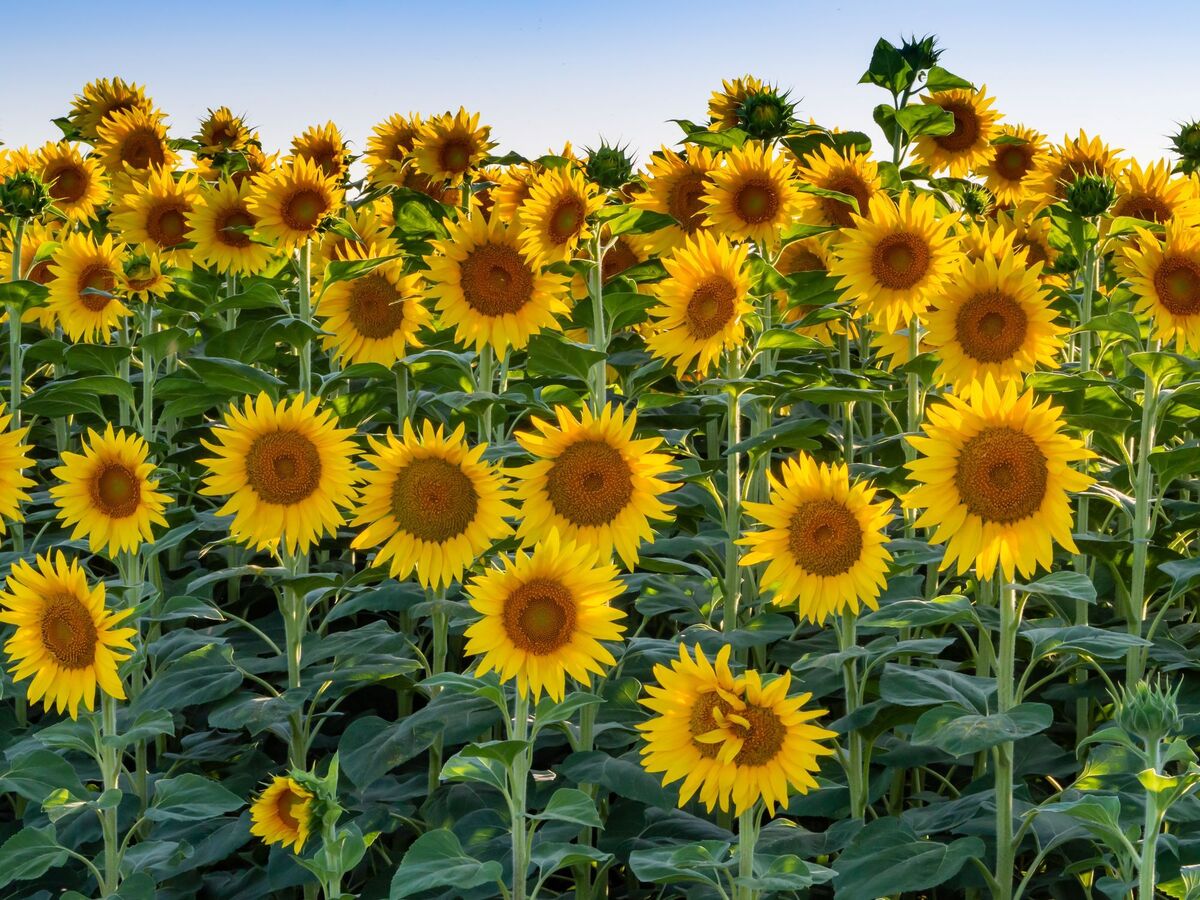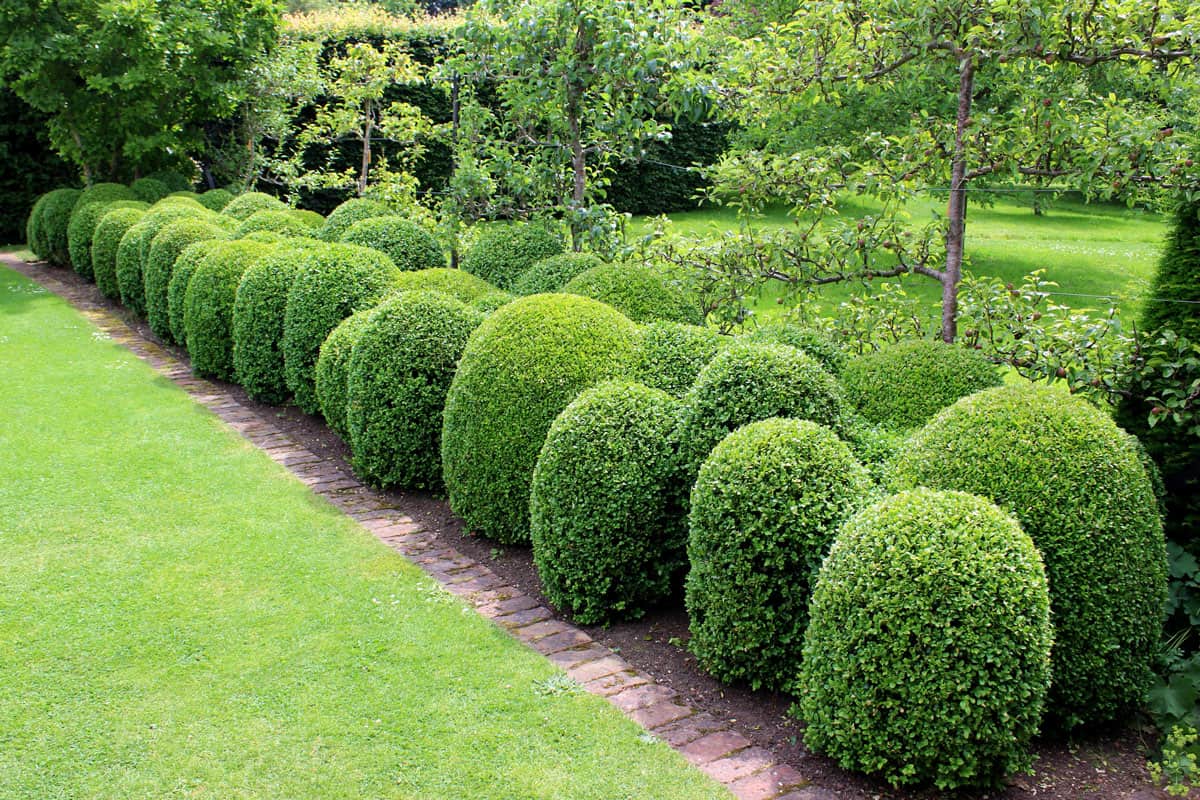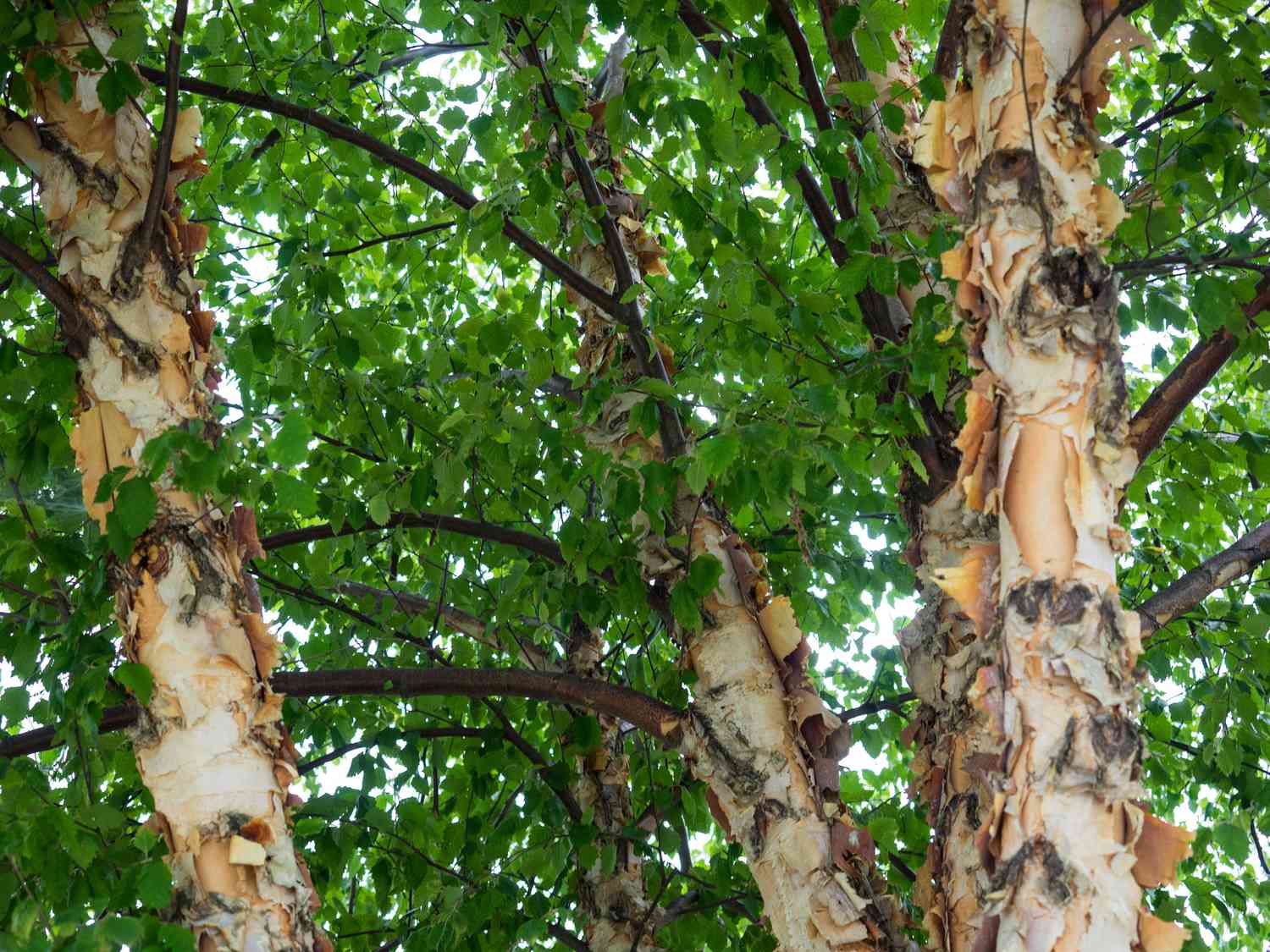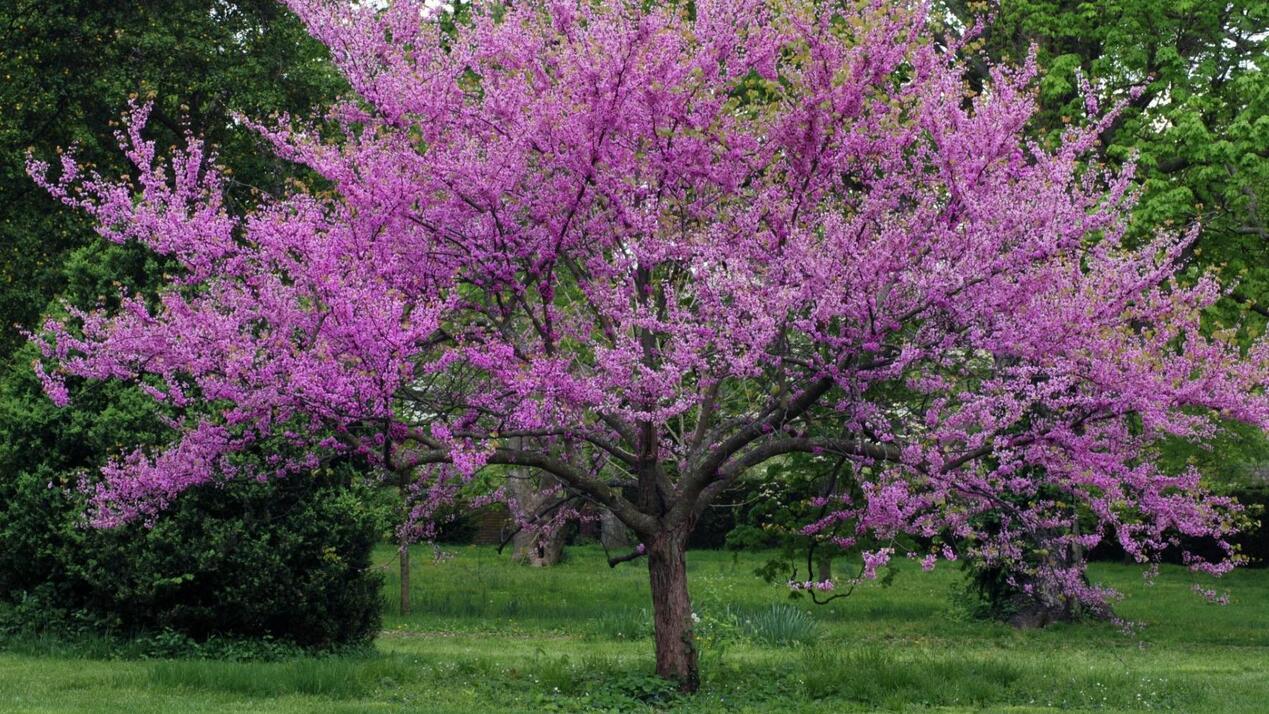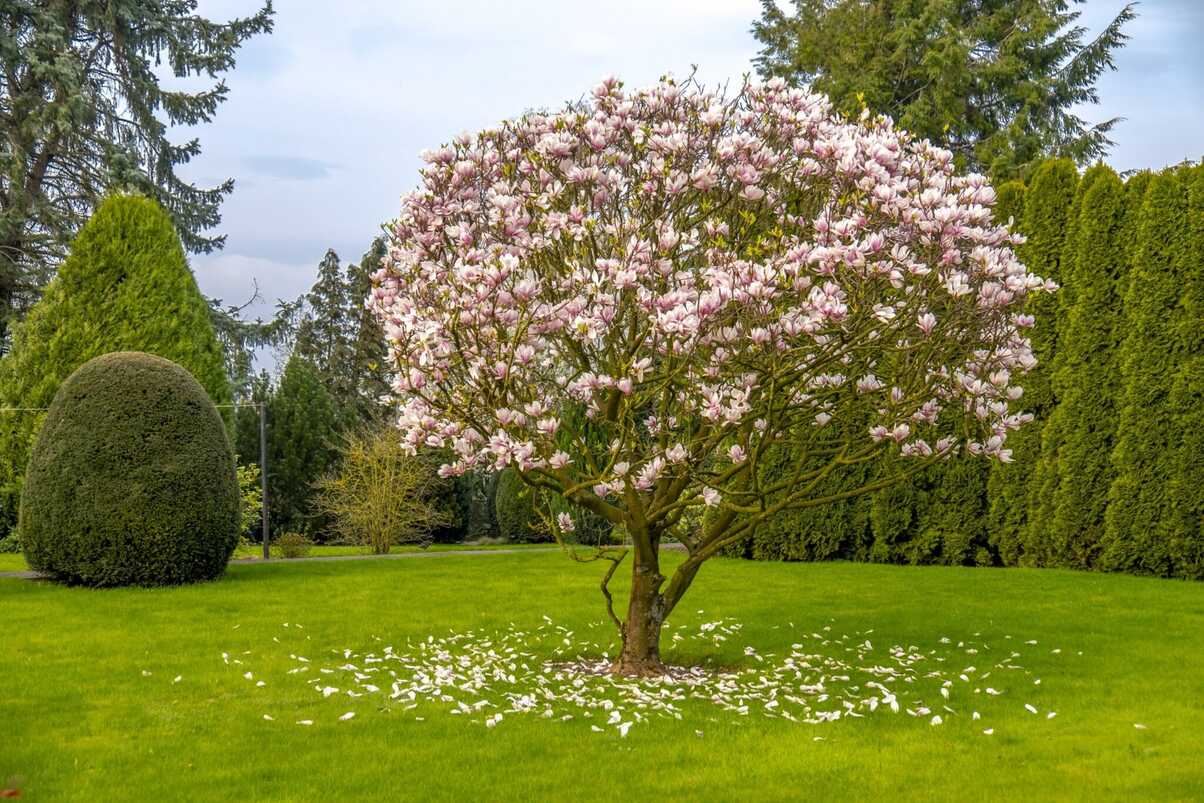Home>Garden Design>Planning Your Garden>How Tall Do Birch Trees Grow
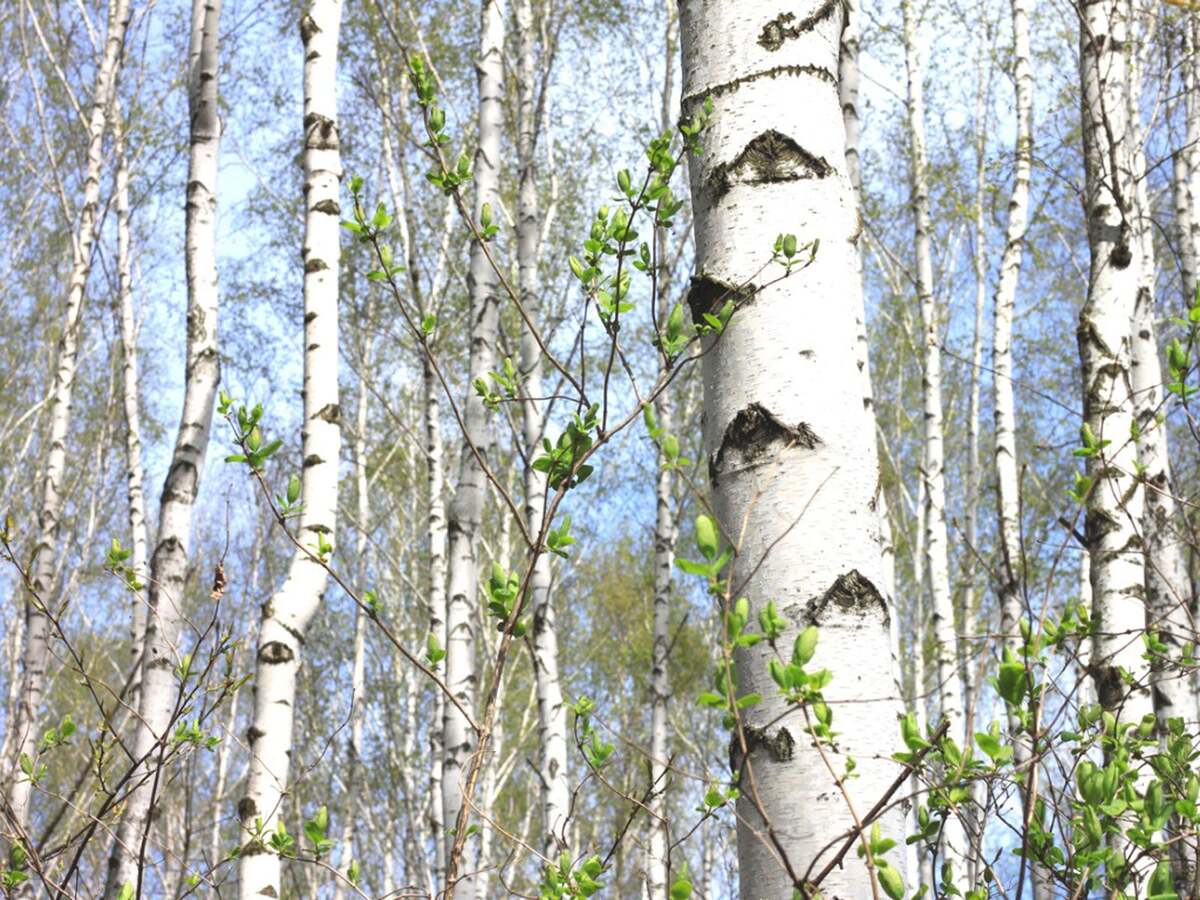

Planning Your Garden
How Tall Do Birch Trees Grow
Published: October 25, 2023
Learn about planning your garden and discover how tall birch trees can grow. Find helpful tips and advice for creating the perfect garden landscape.
(Many of the links in this article redirect to a specific reviewed product. Your purchase of these products through affiliate links helps to generate commission for Chicagolandgardening.com, at no extra cost. Learn more)
Table of Contents
Introduction
Welcome to the world of gardening! Planning and creating your own garden can be an exciting and rewarding endeavor. Whether you are starting from scratch or revamping an existing garden, one key aspect to consider is the height of the plants you select. One type of tree that many gardeners love to incorporate into their landscapes is the Birch tree. With their elegant and distinctive bark, graceful branches, and vibrant foliage, Birch trees add a touch of beauty and charm to any garden. But how tall do Birch trees actually grow?
The height of Birch trees can vary depending on several factors, including the species, environmental conditions, and cultural practices. It is important to have a good understanding of these factors in order to plan your garden effectively and ensure that the Birch trees you choose will fit harmoniously into your landscape.
In this article, we will explore the various factors that can influence the height of Birch trees, discuss the typical heights of common Birch species, examine abnormal growth patterns in Birch trees, and look at the environmental influences that can affect their height. Additionally, we will provide some practical tips and cultural practices to help you control the height of your Birch trees.
By the end of this article, you will have a better understanding of how tall Birch trees can grow and be equipped with the knowledge to make informed decisions when planning your garden.
Factors Affecting Birch Tree Height
The height of Birch trees is influenced by various factors, both intrinsic and extrinsic. Understanding these factors is essential in order to anticipate and manage the height of your Birch trees. Here are some key factors that can affect the height of Birch trees:
- Species: Different species of Birch trees have varying growth patterns and ultimate heights. For example, the Silver Birch (Betula pendula) typically reaches heights between 30 to 70 feet, while the River Birch (Betula nigra) can grow up to 80 feet tall.
- Genetics: The genetics of the individual tree can also play a role in determining its height. Just like humans, trees inherit certain traits from their parent trees, including their growth potential.
- Age: When it comes to tree height, age matters. Birch trees go through stages of growth, and their height increases gradually over time. Younger trees tend to be smaller, while older trees have had more time to grow and can reach greater heights.
- Soil Conditions: The quality and composition of the soil can impact the height of Birch trees. Optimal soil conditions, rich in nutrients and well-draining, provide a favorable environment for root development and overall tree growth. Conversely, poor soil conditions can hinder growth and limit the height potential of Birch trees.
- Water Availability: Sufficient water availability is crucial for the growth and development of Birch trees. Lack of water can stunt growth and result in shorter trees, while proper irrigation can promote healthy growth and taller trees.
- Light Exposure: Birch trees require ample sunlight to thrive. Adequate light exposure allows for photosynthesis, the process by which trees convert sunlight into energy. Insufficient sunlight can impede growth and restrict the height potential of Birch trees.
- Pruning: Pruning techniques, such as crown reduction or selective branch removal, can influence the height of Birch trees. Pruning can limit the upward growth of trees, resulting in a more compact and manageable size.
By considering these factors when planning your garden and selecting Birch trees, you can better anticipate the potential height of your trees and make informed decisions to ensure they fit well in your desired landscaping scheme.
Typical Height of Common Birch Species
Birch trees come in various species, each with its own typical height range. Understanding the expected height of common Birch species will help you determine which ones are best suited for your garden. Here are some examples:
- Silver Birch (Betula pendula): This is one of the most common Birch species and is known for its slender, elegant trunk and graceful drooping branches. Silver Birch trees typically grow to heights between 30 to 70 feet, making them a great choice for smaller gardens or as a specimen tree.
- River Birch (Betula nigra): Native to North America, the River Birch is prized for its unique exfoliating bark and tolerance to wet soil conditions. These trees can reach heights of up to 80 feet and are often planted near water bodies due to their love for moist environments.
- Yellow Birch (Betula alleghaniensis): Found primarily in eastern North America, the Yellow Birch is known for its strong, durable wood and golden-yellow bark. These trees can grow up to 80 feet tall and are valued for their ornamental beauty and timber production.
- Downy Birch (Betula pubescens): Native to Europe and parts of Asia, the Downy Birch is a hardy species that can tolerate a wide range of soil conditions. It typically grows to heights between 30 to 60 feet and is characterized by its soft, hairy foliage and peeling bark.
It’s important to note that these height ranges are general guidelines and can vary depending on environmental conditions and cultural practices. Additionally, individual trees within a species may exhibit slight variation in height based on genetics and growth potential.
When planning your garden, consider the available space and the desired visual impact of the Birch trees. If you have limited space or prefer smaller trees, species like the Silver Birch or Downy Birch may be more suitable. On the other hand, if you have a larger garden or want to create a focal point with tall trees, the River Birch or Yellow Birch could be excellent choices.
By selecting Birch tree species that align with your garden’s size and overall vision, you can create a well-balanced and visually appealing landscape.
Abnormal Growth Patterns in Birch Trees
While Birch trees generally have predictable growth patterns, there are instances where they may exhibit abnormal growth. These abnormal growth patterns can be caused by various factors, including disease, injury, or environmental stress. It’s essential to be aware of these abnormalities and take appropriate measures to address them. Here are some common abnormal growth patterns in Birch trees:
- Multiple Trunks: Birch trees are known for their slender, single trunk structure. However, sometimes Birch trees can develop multiple trunks, which can affect their overall stability and aesthetic appeal. Multiple trunks can be caused by various factors, such as genetic predispositions or damage to the main trunk. To address this, pruning techniques can be employed to remove excess trunks and encourage a single, dominant trunk.
- Stunted Growth: Birch trees that exhibit stunted growth are shorter in height than expected for their age and species. Stunted growth can be caused by nutrient deficiencies, compacted soil, inadequate water supply, or poor growing conditions. Proper soil preparation, regular fertilization, and adequate watering can help alleviate stunted growth in Birch trees.
- Elongated Branches: Birch trees typically have a graceful, compact branching structure. However, in some cases, the branches may become elongated and sparse. This abnormal growth pattern can be a result of insufficient sunlight, overcrowding, or lack of pruning. Pruning practices, such as selective branch removal, can help promote a more compact and well-branched form.
- Leaning or Crooked Trunks: Birch trees with leaning or crooked trunks can be a result of wind or storm damage, improper planting, or poor structural development. These growth patterns can affect the stability and overall appearance of the tree. Proper staking and support during the early stages of growth can help straighten and strengthen the trunk.
- Dwarf or Weeping Varieties: In addition to the typical Birch tree growth patterns, there are dwarf or weeping varieties available in the market. These varieties are intentionally bred to have a compact or pendulous form, with shorter heights compared to standard Birch trees. They can add unique charm and diversity to your garden if you are looking for more unconventional growth patterns.
If you notice any abnormal growth patterns in your Birch trees, it is best to consult with a professional arborist or horticulturist. They can assess the situation, identify the underlying cause, and recommend appropriate solutions or interventions to ensure the health and aesthetics of your trees.
By addressing abnormal growth patterns promptly, you can help your Birch trees achieve their full potential and maintain an attractive appearance in your garden.
Environmental Influences on Birch Tree Height
The height of Birch trees is greatly influenced by the environment in which they grow. Environmental factors play a significant role in determining the growth rate and ultimate height of these trees. Here are some key environmental influences on Birch tree height:
- Climate: Birch trees have different species-specific climate preferences. Some Birch species thrive in cooler northern climates, while others prefer milder or more temperate regions. The climate conditions, including temperature, precipitation, and seasonal variations, can affect the growth rate and overall height potential of Birch trees in a particular area.
- Altitude: Altitude plays a role in shaping the growth patterns of Birch trees. As you move to higher elevations, the conditions become harsher, with cooler temperatures and thinner air. These factors can limit the height that Birch trees can achieve, as they may struggle to acquire sufficient nutrients and cope with the challenging climatic conditions.
- Soil Type and pH: The type and pH level of the soil can influence the growth of Birch trees. Birch trees generally prefer well-draining soils with a slightly acidic to neutral pH range. Soil that is too compacted or has a high alkaline pH can inhibit root development, leading to stunted growth and limited height.
- Sunlight Exposure: Sunlight is crucial for the photosynthesis process, which provides energy to the trees. Birch trees require a good amount of sunlight to grow and reach their maximum height potential. Insufficient sunlight, whether due to shade from nearby buildings or taller trees, can result in reduced growth and shorter trees.
- Competition for Resources: Competition from other plants, especially neighboring trees, can impact the height of Birch trees. In a crowded environment with limited resources, Birch trees may have to compete for sunlight, water, and nutrients. This can impede their growth and limit their ultimate height.
- Availability of Water: Adequate water availability is essential for the growth and development of Birch trees. Insufficient rainfall or poor irrigation practices can lead to drought stress and hinder the height potential of Birch trees. Conversely, excessively wet soil conditions can also impact growth and may result in stunted or limited growth.
Understanding these environmental influences on Birch tree height is crucial when planning your garden. By selecting Birch species that are well-suited to your specific climate and soil conditions, and ensuring they have access to proper sunlight and an adequate water supply, you can optimize their growth potential and attain the desired height for your garden.
Cultural Practices to Control Birch Tree Height
If you’re looking to control the height of Birch trees in your garden, there are several cultural practices you can employ. These practices can help manage the growth of Birch trees and ensure they fit well within your desired landscape. Here are some effective cultural practices to control Birch tree height:
- Pruning: Regular pruning can help control the height and shape of Birch trees. Prune the trees during the dormant season, removing any dead or damaged branches, as well as any branches that are growing in unwanted directions or contributing to excessive height. Be cautious not to remove more than 25% of the canopy in one pruning session to avoid stressing the tree.
- Crown Reduction: If you desire to reduce the height of a Birch tree significantly, crown reduction can be an option. This technique involves selectively cutting back the upper branches to reduce the overall height of the tree. However, it’s important to consult with a professional arborist or horticulturist before undertaking this practice, as improper crown reduction can harm the tree’s health and structural integrity.
- Root Pruning: If a Birch tree is growing too tall but you want to maintain its overall size, you can consider root pruning. Root pruning involves cutting some of the tree’s roots to restrict its growth and control its height. However, root pruning should be done carefully and with the guidance of a professional, as it can impact the tree’s stability and health if not done properly.
- Container Gardening: Growing Birch trees in containers is an effective way to control their height. By selecting dwarf or weeping varieties and planting them in large pots, you can limit their growth and maintain a manageable size. Container gardening also provides the flexibility to move the trees to different locations to fit your design preferences.
- Regular Maintenance: Providing proper care and maintenance to Birch trees can help control their height. This includes regular watering to ensure adequate hydration, appropriate fertilization to promote healthy growth without excessive vigor, and monitoring for pests and diseases that can affect the tree’s overall health and growth potential.
It’s important to note that while these cultural practices can help control Birch tree height, it’s always best to have a clear vision of the desired height and size of your trees when selecting and planting them. Choosing the right Birch species or varieties that naturally fit within your desired height range can significantly simplify the need for extensive height control measures.
By employing these cultural practices and combining them with thoughtful planning and selection, you can effectively manage the height of Birch trees in your garden and create a harmonious and visually pleasing landscape.
Conclusion
Planning your garden and considering the height of Birch trees is crucial for creating a visually appealing and well-balanced landscape. By understanding the factors that influence Birch tree height, such as species, genetics, age, soil conditions, water availability, light exposure, and pruning practices, you can make informed decisions when selecting and managing Birch trees in your garden.
Each Birch species has its own typical height range, with Silver Birch, River Birch, Yellow Birch, and Downy Birch being popular choices. These trees can add beauty and charm to your garden, but it’s important to consider their growth potential and select species that align with your available space and desired aesthetics.
It’s also important to be aware of abnormal growth patterns that Birch trees may exhibit, such as multiple trunks, stunted growth, elongated branches, leaning or crooked trunks, or the presence of dwarf or weeping varieties. Understanding these patterns can help you identify and address any issues that may arise, ensuring the long-term health and appearance of your trees.
Environmental factors, including climate, altitude, soil type and pH, sunlight exposure, competition for resources, and water availability, also play a significant role in determining the height of Birch trees. By choosing appropriate Birch species for your specific environmental conditions and providing proper care, you can optimize their growth potential and achieve the desired height in your garden.
Lastly, cultural practices, such as pruning, crown reduction, root pruning, container gardening, and regular maintenance, offer effective methods for controlling the height of Birch trees. These practices should be undertaken with care and consideration, and professional advice is recommended to ensure the health and structural integrity of your trees.
In conclusion, by considering the various factors affecting Birch tree height, selecting suitable Birch species, and implementing appropriate cultural practices, you can create a well-designed garden with Birch trees that are in perfect harmony with your landscape vision. Enjoy the beauty and serenity of these magnificent trees as they grace your garden with their elegance and charm.

